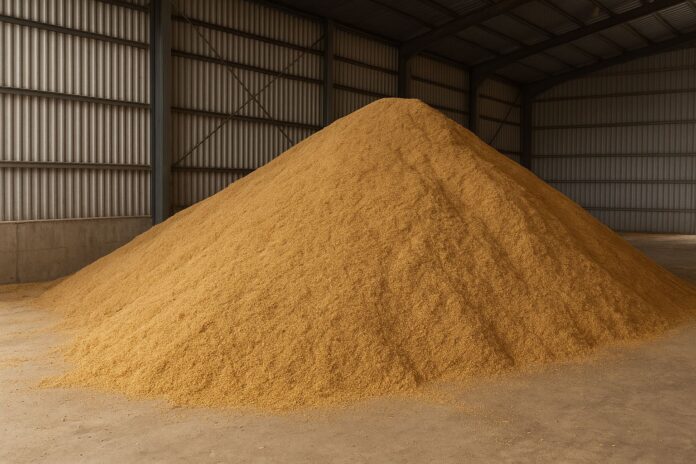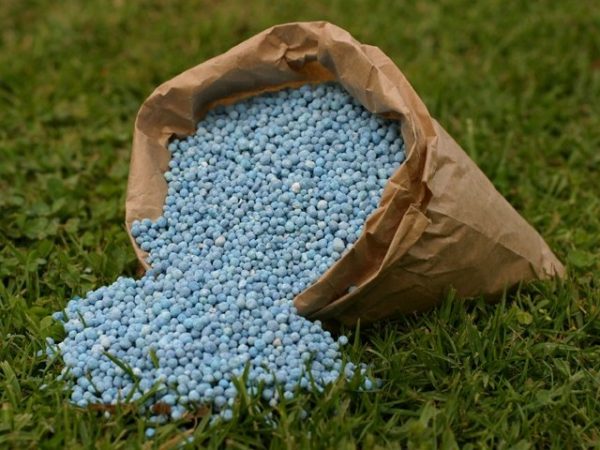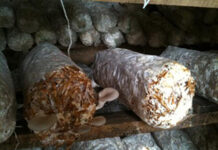As Africa’s poultry sector expands to meet rising consumer demand, one constant remains: feed cost and supply risk determine competitiveness. Broiler production on the continent still leans heavily on two key ingredients, maize and soybean meal, both vulnerable to currency pressure, seasonal scarcity, and global price swings. Successful modern poultry operations therefore depend not only on formulation expertise, but on ingredient flexibility and supply-chain.
In this context, Distillers Dried Grains with Solubles (DDGS) has attracted growing attention in African feed and broiler companies. A recent commercial-scale trial in Nigeria, supported by the U.S. Grains & BioProducts Council, provides the most rigorous local evaluation to date. The study examined phased DDGS inclusion up to 20% under real-world conditions in Southwest Nigeria, monitoring performance, carcass yield, livability, and economics.
Performance: Consistent Growth and Resilient Birds
Broilers fed DDGS-based diets performed on par with conventional maize–soy formulations. Final body weights at 42 days were similar, and feed conversion remained within industry benchmarks. Neither dressing percentage nor key muscle yields were affected, and organ development remained normal.
Perhaps most interestingly, the highest DDGS inclusion group displayed stronger early weight gain and lower cumulative mortality, suggesting potential benefits for digestive development and flock strength in the tropical environment. Meat pH at 24 hours post-slaughter was slightly higher, often indicating improved tenderness and water-holding capacity, valuable traits for modern retail channels. In short, DDGS supported stable production, early vitality, and carcass consistency.
The Price Question: Where DDGS Fits Today
This trial coincided with a period when DDGS landed into Nigeria at a temporary premium relative to soybean meal. As a result, feed cost rose modestly when DDGS were included. That said, pricing alone does not tell the strategic story.
Shadow-price modelling placed DDGS’ cost-neutral value around ₦610–₦620/kg, and when operational benefits such as improved livability were considered, the practical break-even rose toward ₦750–₦800/kg. These numbers matter, because prices oscillate: a 20–25% rise in soybean meal, or improved DDGS logistics, brings DDGS into parity. Both events are well within the typical volatility range of West African feed markets.
Anyone trading ingredients in Africa knows that price cycles are not theory, they are routine.
The Strategic View
DDGS’ value proposition in Africa today is twofold:
- Nutritionally sound and field-proven feed ingredient, mycotoxin free, and already ground.
- Strategic hedge against protein and energy supply shocks
As bulk import programs grow, DDGS economics strengthen. Vessel-scale shipments into regional ports, aggregation across poultry, layer, and aquafeed sectors, and improved logistics coordination reduce landed cost variance.
Markets that once relied on bagged or container volumes typically move to bulk vessel economics as adoption grows, and feed traders who understand DDGS early are better positioned when that change happens. This mirrors the path of DDGS adoption in other poultry-producing regions, first as a strategic option, then as a core component of modern formulation portfolios.
A Forward-Looking Ingredient for African Poultry Growth
The Nigerian trial confirmed what many nutritionists have long suspected: DDGS can be used successfully at commercial scale in Africa, and up to 20% inclusion in the finisher diet does not compromise production. More importantly, it demonstrated that operational readiness matters. Mills that learn DDGS now will move faster, and trade smarter, when price cycles favor it.
Africa’s feed and poultry sectors are maturing. The winners will be companies that combine technical rigor with procurement agility. DDGS offers a nutritional tool ensuring producers are not boxed into a two-ingredient system during volatile market periods.
As supply chains deepen and bulk handling improves, DDGS is positioned not just as an alternative, but as a competitive and strategic component of African broiler nutrition.









